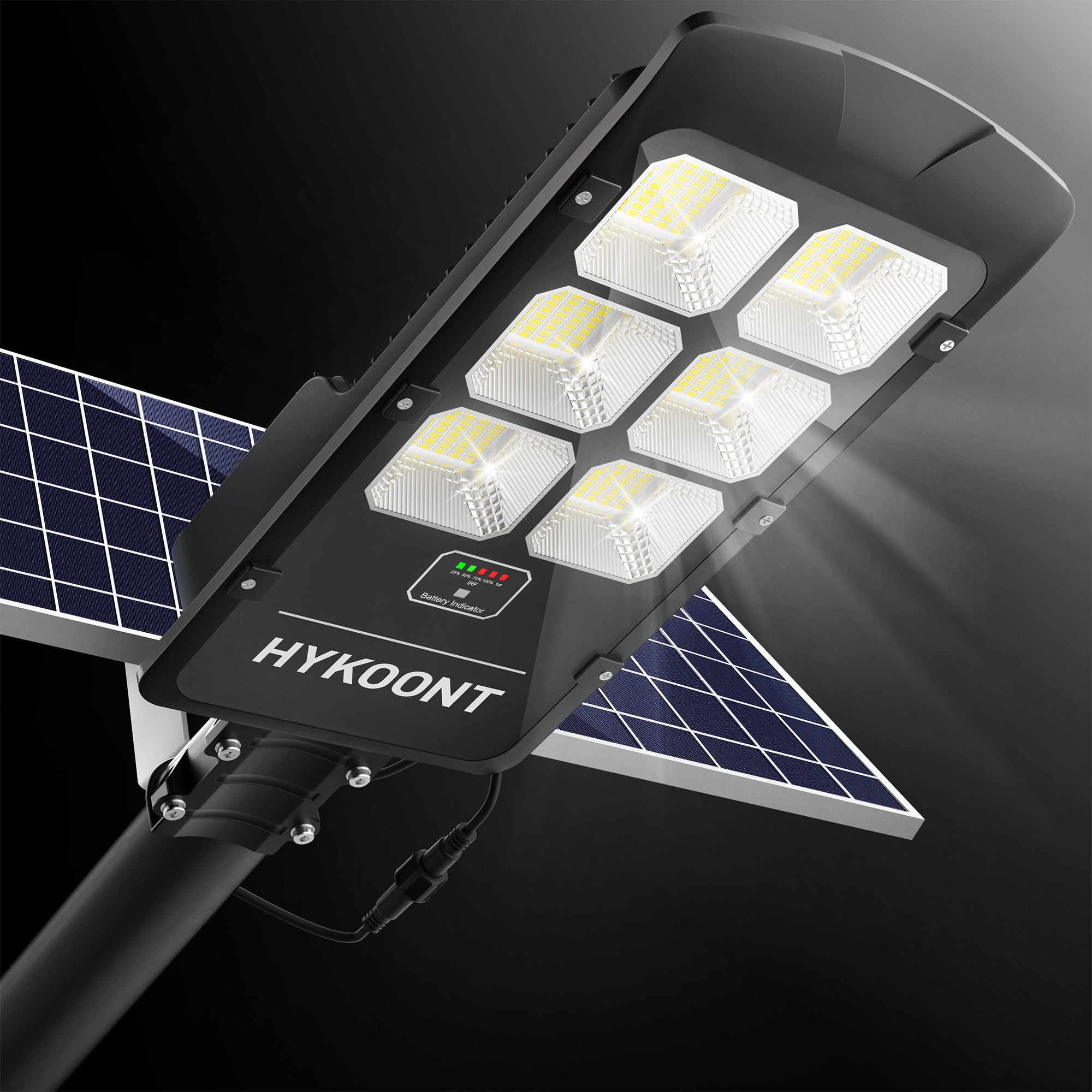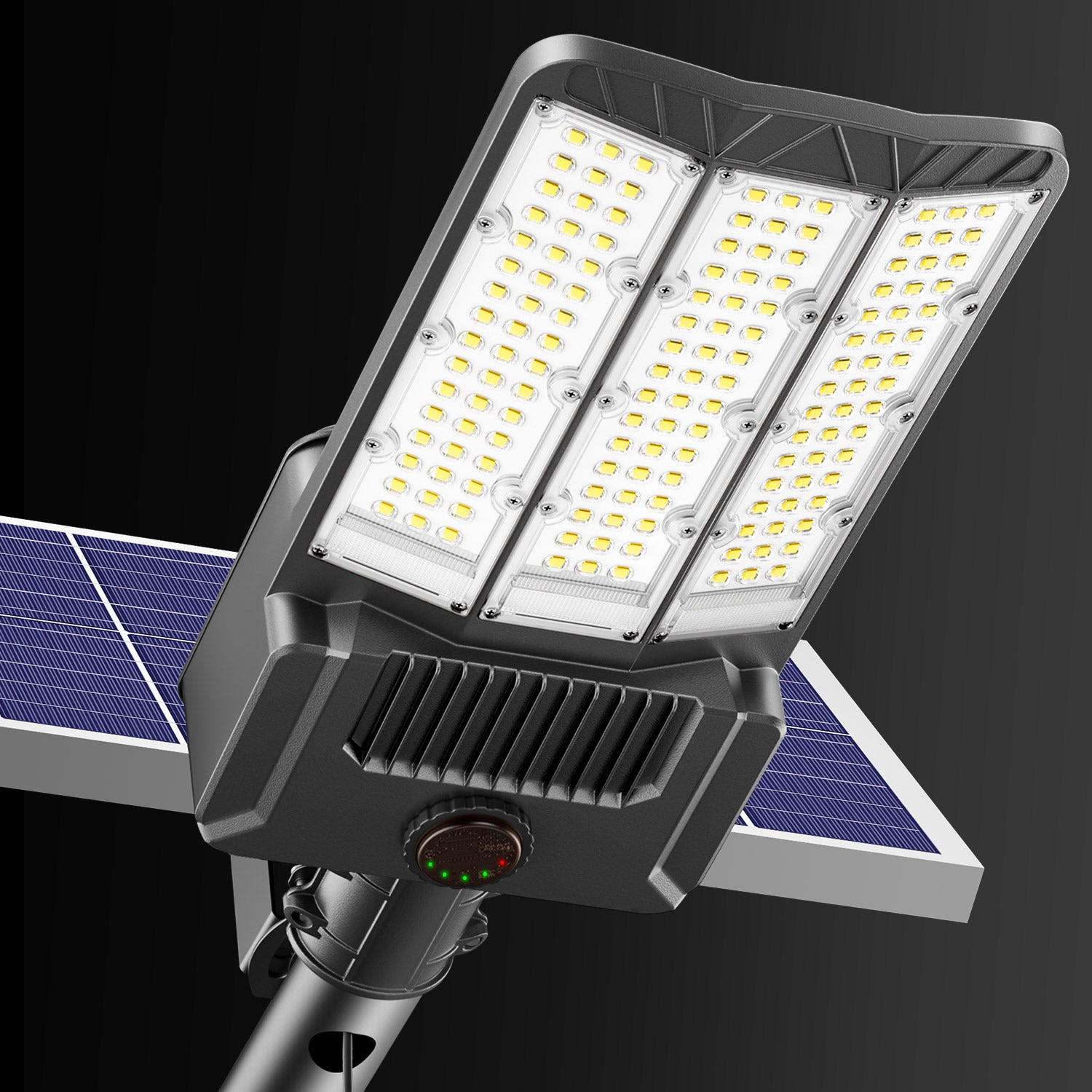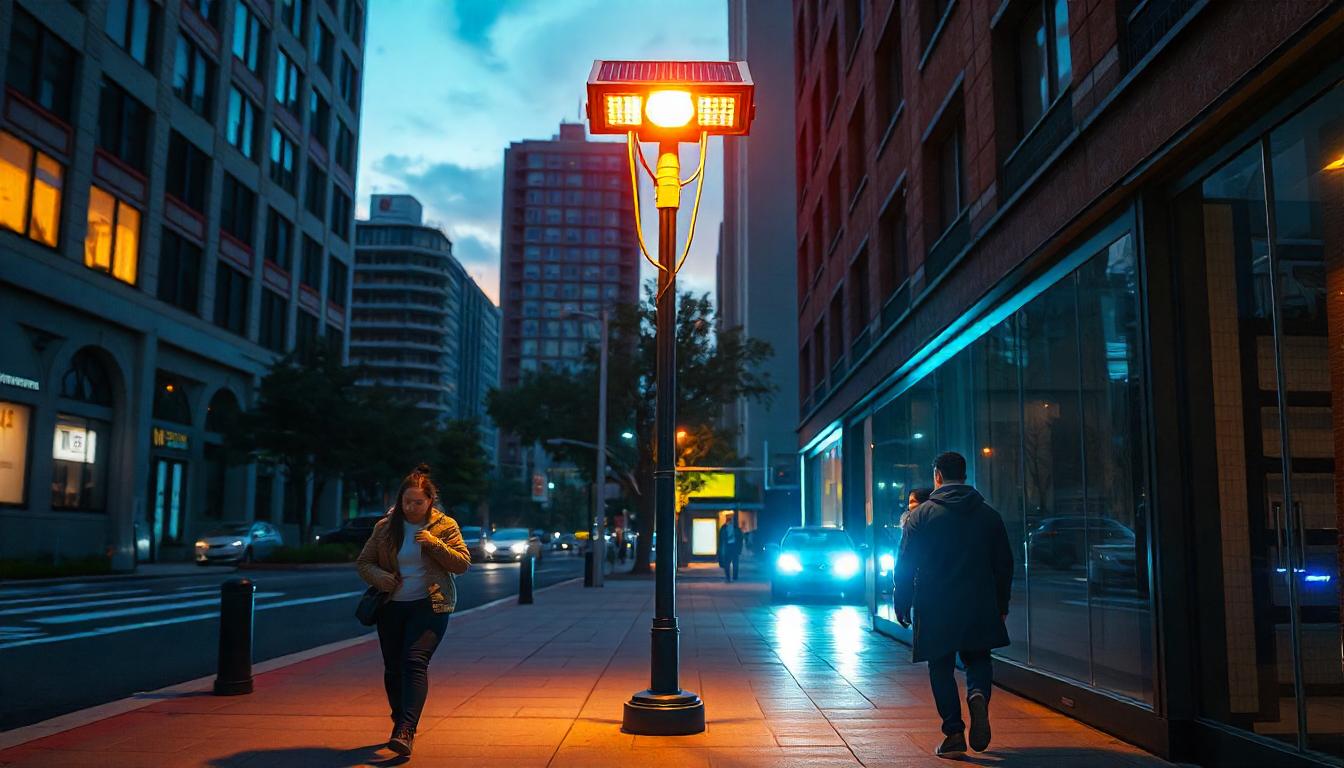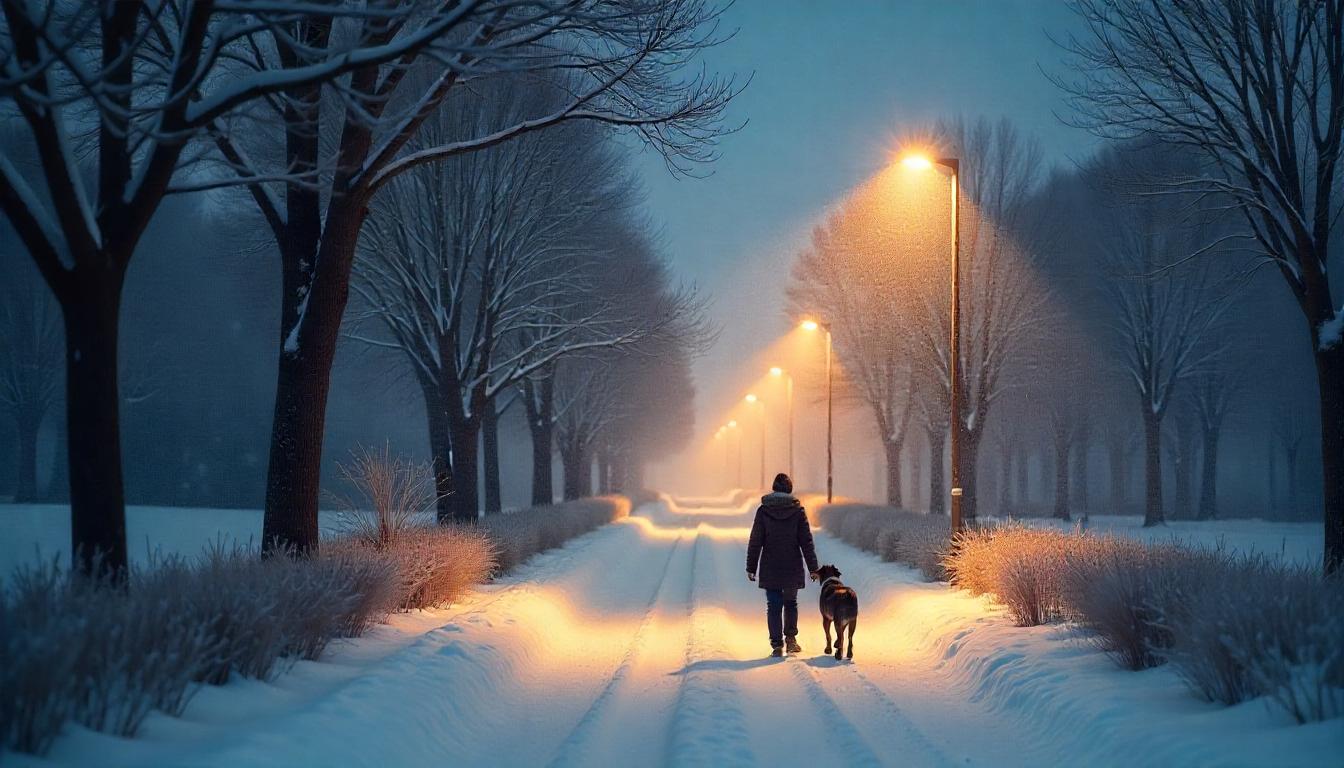تلعب الإضاءة الخارجية دورًا حاسمًا في تعزيز جمال وأمن ووظائف مساحاتك الخارجية. ومع ذلك، قد يكون الأمر محبطًا عندما تتوقف أضواءك الخارجية فجأة عن العمل. سواء كانت تعمل بالطاقة الشمسية أو سلكية أو تعمل بالبطارية، سيرشدك هذا الدليل إلى الأسباب الشائعة والحلول لجعل ضوءك الخارجي يتألق مرة أخرى.
1. التحقق من مصدر الطاقة
الخطوة الأولى في استكشاف أخطاء الأضواء الخارجية وإصلاحها هي التأكد من وجود الطاقة بها.
للأضواء السلكية:
- افحص الاتصال بمصدر الطاقة. يمكن للأسلاك المفكوكة أو المقابس التالفة أو قاطع الدائرة المعطل أن يتسبب في انقطاع التيار الكهربائي.
- قم بإعادة ضبط قاطع الدائرة في حالة انقطاعه، وتأكد من عمل المنفذ عن طريق اختباره بجهاز آخر.
بالنسبة للأضواء التي تعمل بالطاقة الشمسية:
- تعتمد المصابيح الشمسية على ضوء الشمس للشحن. إذا لم تكن تعمل، فقد يكون ذلك بسبب عدم التعرض الكافي لأشعة الشمس المباشرة أو نفاد طاقة البطارية.
- ضع المصباح في مكان مشمس واتركه حتى يتم شحنه لمدة 6-8 ساعات على الأقل.
بالنسبة للأضواء التي تعمل بالبطارية:
- تأكد من تركيب البطاريات بشكل صحيح وفعاليتها. استبدل البطاريات القديمة أو المتآكلة بأخرى جديدة. قد تحتاج البطاريات القابلة لإعادة الشحن في مصابيح الطاقة الشمسية إلى الاستبدال كل عام إلى عامين للحصول على الأداء الأمثل.
2. تنظيف الضوء والمستشعر
يمكن للأوساخ والحطام أن يحجب مستشعر الضوء أو اللوحة الشمسية، مما يقلل من الكفاءة.
تنظيف اللوحة الشمسية أو مستشعر الضوء:
- استخدم قطعة قماش ناعمة وصابونًا خفيفًا لتنظيف السطح. تجنب المنظفات الكاشطة التي قد تخدش اللوحة.
- إن التنظيف المنتظم كل أسبوعين يمكن أن يحسن الأداء بشكل كبير، وخاصة بالنسبة للأضواء التي تعمل بالطاقة الشمسية.
تنظيف غطاء المصباح:
- يمكن أن يؤدي تراكم الغبار والرطوبة على العدسة إلى إضعاف خرج الضوء. امسح العدسة برفق باستخدام قطعة قماش مبللة.
3. فحص المصابيح
غالبًا ما يكون المصباح هو المكون الأكثر إهمالًا عند فشل الإضاءة الخارجية.
بالنسبة للمصابيح التقليدية:
- تأكد من احتراق المصباح. استبدله بآخر جديد بنفس القوة الكهربائية والنوع.
- تأكد من تثبيت المصباح بإحكام في المقبس. يمكن أن يتسبب المصباح غير المحكم في حدوث وميض أو عدم إضاءة على الإطلاق.
بالنسبة لأضواء LED:
- تدوممصابيح LED عادةً لفترة أطول ولكنها قد تتعطل بسبب مشكلات كهربائية أو التآكل. إذا تم دمج وحدة LED، فقد تحتاج إلى استبدال التركيبة بالكامل.

4. اختبار مستشعر الضوء
غالبًا ما تحتوي الأضواء الخارجية على أجهزة استشعار مدمجة للتشغيل التلقائي.
مستشعر الضوء لا يعمل:
- قم بتغطية المستشعر بيدك أو بقطعة قماش داكنة لمحاكاة الليل. إذا لم يضيء الضوء، فقد يكون المستشعر معيبًا أو متسخًا.
- تأكد من عدم وجود مصادر ضوء ساطع، مثل مصابيح الشوارع، تتداخل مع وظائف المستشعر.
مشاكل مستشعر الحركة:
- اضبط حساسية أو زاوية مستشعر الحركة. في بعض الأحيان، قد لا يكتشف المستشعر الحركة بسبب وضعه.
5. القضايا المتعلقة بالطقس
تتعرض الأضواء الخارجية للعوامل الجوية، مما قد يؤدي إلى حدوث أعطال.
أضرار المياه:
- افحص التركيبات بحثًا عن علامات تسرب المياه. يمكن أن تتسبب الرطوبة في إتلاف المكونات الداخلية، وخاصة في الطرز غير المقاومة للعوامل الجوية. إذا كان هناك ماء، فاترك التركيبات لتجف تمامًا قبل محاولة استخدامها مرة أخرى.
درجات الحرارة الباردة:
- قد لا تعمل البطاريات والمكونات الكهربائية بشكل جيد في البرودة الشديدة. لذا، احرص على إدخال التركيبات إلى الداخل أثناء فصول الشتاء القاسية أو فكر في استخدام نماذج مقاومة للطقس.
6. فحص الأسلاك والتوصيلات
يمكن أن تؤدي الأسلاك أو التوصيلات المعيبة إلى منع الأضواء الخارجية من العمل بشكل صحيح.
للأضواء السلكية:
- افحص الأسلاك بحثًا عن أي قطع أو تآكل أو تآكل. يجب استبدال الأسلاك التالفة على الفور لتجنب المخاطر المتعلقة بالسلامة.
- استخدم جهاز اختبار الجهد للتأكد من وصول الكهرباء إلى التركيبات.
بالنسبة للأضواء الشمسية أو البطارية:
- تأكد من أن جميع التوصيلات بين اللوحة الشمسية والبطارية والضوء آمنة.
7. ضع في اعتبارك عمر التركيبات ومدى تآكلها
إن الأضواء الخارجية، مثل أي جهاز آخر، لها عمر افتراضي.
استبدال التركيبات القديمة:
- إذا كان تركيب الإضاءة لديك قديمًا ويتعطل بشكل متكرر، فقد حان الوقت لاستبداله. غالبًا ما تأتي مصابيح الإضاءة الخارجية الحديثة بميزات متقدمة مثل مصابيح LED الموفرة للطاقة ومقاومة أفضل للطقس وضمانات أطول.
الترقية للحصول على أداء أفضل:
- يمكن للأضواء الشمسية ذات الألواح الكهروضوئية المتقدمة أو الأضواء السلكية ذات عناصر التحكم الذكية تحسين الموثوقية والكفاءة.

8. إعادة تعيين أو إعادة تكوين الإعدادات
في بعض الأحيان، قد يؤدي إعادة الضبط البسيطة إلى حل المشكلة.
إعادة ضبط التثبيت:
- تحتوي العديد من المصابيح على زر إعادة تعيين أو مفتاح. راجع دليل المستخدم للحصول على تعليمات حول كيفية إعادة تعيين التركيبات.
التحقق من إعدادات المؤقت:
- إذا كان المصباح الخاص بك مزودًا بمؤقت أو جدول زمني، فتأكد من تكوينه بشكل صحيح. يمكن أن تتسبب الإعدادات غير الصحيحة في إيقاف تشغيل المصباح بشكل غير متوقع.
نصائح الصيانة الوقائية للأضواء الخارجية
- التنظيف بانتظام: امسح الألواح الشمسية، وأجهزة الاستشعار، والعدسات لضمان أقصى قدر من الكفاءة.
- استبدال البطاريات سنويًا: بالنسبة للأضواء التي تعمل بالطاقة الشمسية أو البطارية، استبدل البطاريات سنويًا لتجنب مشكلات الأداء.
- التفتيش بعد العواصف: التحقق من وجود أي ضرر أو تراكم للأوساخ بعد هطول الأمطار الغزيرة أو الرياح.
- قم بالتخزين أثناء الطقس القاسي: قم بإحضار الأضواء المحمولة إلى الداخل أثناء العواصف الثلجية أو البرد القارس لإطالة عمرها.
لماذا تعتبر الإضاءة الخارجية مهمة؟
لا تعملالإضاءة الخارجية على تعزيز جمال منزلك فحسب، بل إنها توفر لك الأمان والسلامة أيضًا. إن التأكد من أنها عملية ويتم صيانتها جيدًا يعني أنه يمكنك الاستمتاع بمساحة خارجية مضاءة جيدًا على مدار العام.
من خلال معالجة المشكلات الشائعة مثل مصدر الطاقة أو عطل المستشعر أو تلف الطقس، يمكنك توفير الوقت والمال في عمليات الاستبدال والاستمتاع بموثوقية تركيبات الإضاءة الخارجية الخاصة بك.
خاتمة
إذا لم يكن مصباحك الخارجي يعمل، فلا تتعجل في استبداله الآن. بدءًا من فحص مصدر الطاقة إلى فحص المستشعرات والأسلاك، يمكن أن تساعدك خطوات استكشاف الأخطاء وإصلاحها البسيطة هذه في تحديد المشكلة وحلها. كما أن الصيانة والعناية المناسبتين ستحافظان على إضاءة مصابيحك الخارجية ساطعة لسنوات قادمة.
هل واجهتك مشاكل مع الإضاءة الخارجية؟ شاركنا بنصائحك وتجاربك في التعليقات أدناه!





















اترك تعليقًا
This site is protected by hCaptcha and the hCaptcha Privacy Policy and Terms of Service apply.